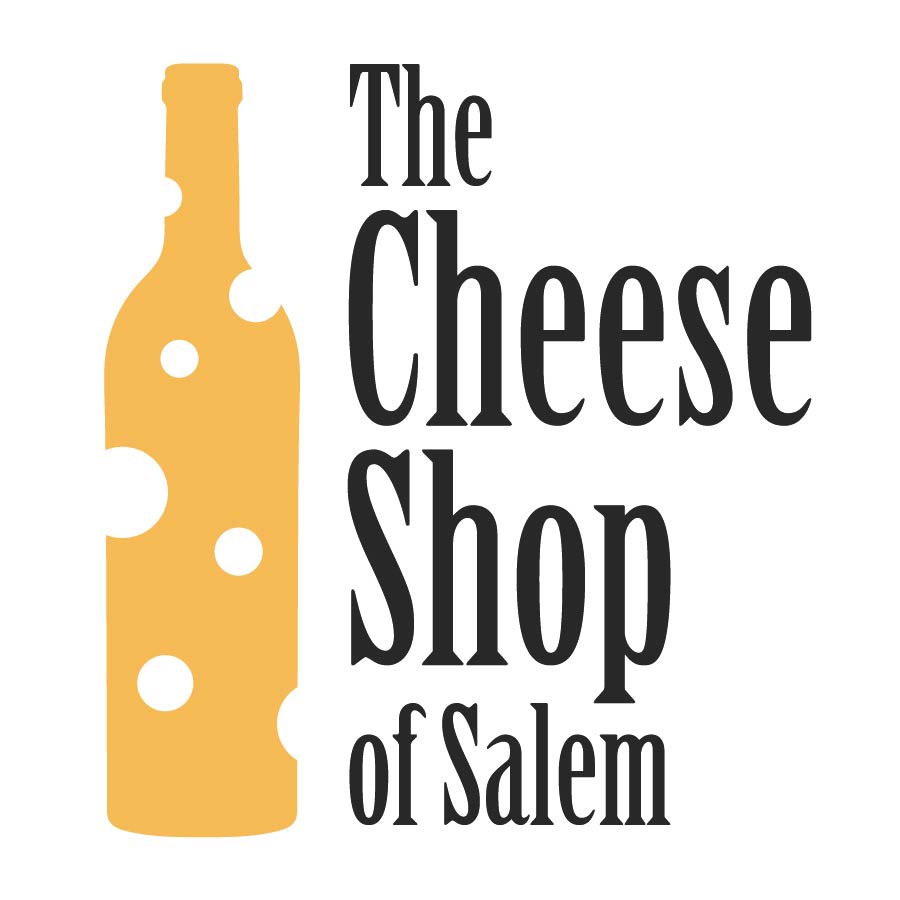What's your story, Loire Valley?
Look at Sainte Maure being all saint like.
France is fascinating and confusing when it comes to food. I mean, at it’s core it’s very simple: France = Good Food. But if you’re looking to expand past a Cookie Monster kind of description (ME LIKE FRANCE), then it gets complex. This is certainly true with cheeses from the Loire Valley, situated around the Loire River in western France. There is an oft-repeated origin story that involves the Franks, and the Saracens, originally Arabs, who for a few hundred years moved and fought through southern Spain to northern France. Charles Martel, a Frankish military leader (who has the badass nickname “The Hammer”), led the charge against the Saracens at Poitiers in 732 CE, helping to expel the Saracens from France. Although the Saracen army was gone, they left behind their goats, cheesemaking techniques, and recipes to the boon of the Franks. Thus began the rich history of goat’s milk cheeses in the Loire Valley.
So, that’s the story I found in multiple sources, but I still have questions, my main one being why the Loire Valley? If the Saracens were in France and Spain for centuries, why aren’t the little, ash-ripened goat cheeses made everywhere? Around 70% of goat’s milk cheese made in France is from the Loire Valley, so it is very clear that this is THE region. Why is this??
My first thought is that it must have something to do with the fertile land, surrounding the Loire River that runs from the west coast for more than 600 miles into the country. Flat, verdant land means happy grazing for any animal. But why goats, then? They are hearty little creatures, eat pretty much anything, and can survive in drought conditions. I’d expect such beautiful pasture to be home to as many cows as possible, as cows give more milk and are more delicate. From what I’ve read, it seems like the Saracens travelled with goats more than cows, but then why aren’t goats everywhere in France and Spain? Now I’m really tying myself in knots! If you have any insight, I’d love to hear it!
I’ll put these queries aside for now to get down to the good stuff – cheese! This week we are receiving three AOP cheeses from the Loire Valley. Quick refresher: AOP stands for Appellation d’Origine Protégée, which means that the food with this label has a specific culinary history and is therefore protected. It must be made in a certain way in a specific area. We also see AOC and PDO, but I’ll get into detail about this in another newsletter. Add it to the list! One of the cheeses coming in is Valençay – that pyramid-shaped goat’s milk cheese with its top lopped off by Napoleon back in the day. I’ve written about this one before because I love the story. We also will have the pretty little log, Sainte Maure. This ash-ripened goaty has a straw sticking through the middle of the cheese to help with its structural integrity as the cheese ages. Chabichou du Poitou is not ash-ripened, but it has a similar wrinkly exterior and size to Valençay and Saint Maure. Chabichou is one of my favorite names to say, it feels like a Pokémon – Chabichou, I choose YOU! All three cheeses have a soft cream line surrounding a flakier interior and flavors of salty citrus, herbs, and sweet grass in the finish. They are wonderful little buggers and Jimmy, one of our mongers, loves them more dearly than any other cheese in our case. Ask him about them if you want to see his eyes light up with joy. Try them out and understand the hype behind Loire Valley goat’s milk cheeses!
For the love of cheese and historical inquiry,
Kiri


